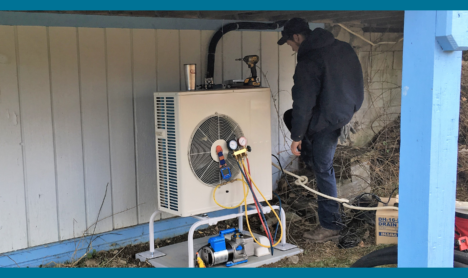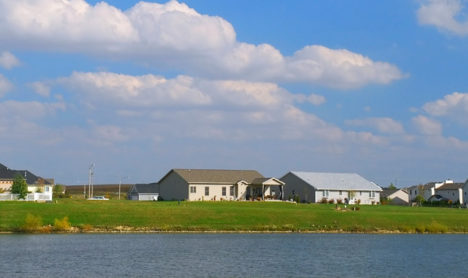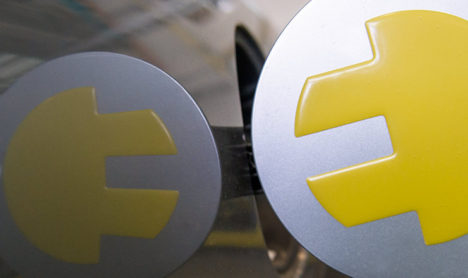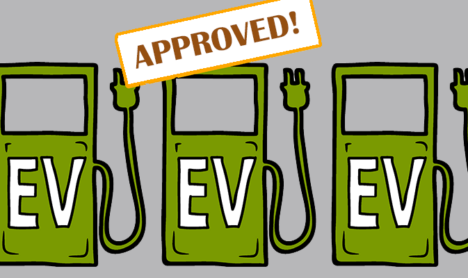July xx, 2022
The Honorable Frank Pallone The Honorable Cathy McMorris Rodgers
Chairman Ranking Member
Energy and Commerce Committee Energy and Commerce Committee
U.S. House of Representatives U.S. House of Representatives
Washington, DC 20515 Washington, DC 20515
Dear Chairman Pallone and Ranking Member McMorris Rodgers:
We, contractors, small business owners, and other members of the building performance industry, are writing to urge you to support the Weatherization Enhancement and Readiness Act of 2022, H.R. 7947, sponsored by Reps. Paul Tonko (D-NY-20), Bobby Rush (D-IL-01) and Marcy Kaptur (D-OH-09). This legislation would give the Department of Energy (DOE) the flexibility to reach more low-income homeowners currently ineligible for funding under the Weatherization Assistance Program (WAP) due to their home’s structural, electrical, or health-related issues. We urge you to support this legislation to ensure more eligible homeowners can access WAP funds to make their households safer, healthier, and more energy efficient.
Since its creation in 1976, WAP has helped improve the energy efficiency of homes for over seven million low-income and rural Americans—individuals who are particularly susceptible to volatile energy prices and high energy burdens.[1] Congress has consistently shown strong bipartisan support for this program, most recently investing $3.5 billion in WAP under the bipartisan Infrastructure Investment and Jobs Act (IIJA).
Despite consistent investments in WAP, the program has not reached its full potential. According to E4TheFuture, 10 to 30 percent of low-income homeowners are passed over for weatherization assistance because their homes have other issues – structural deficiencies, neglected repairs, outdated wiring, or health issues such as mold and asbestos – that must be addressed before they can become eligible for WAP.[2] These barriers can often be extremely costly to repair. As a result, many of the low-income households experiencing the greatest need are left out. Moreover, many of these deferred income-eligible weatherization clients are located in historically disadvantaged communities—the very same communities facing disproportionately high energy burdens and health risks.
The Weatherization Enhancement and Readiness Act would address this backlog of homes deferred from WAP by creating a Weatherization Readiness Program, which would provide grants to address the structural, electrical, and health issues in low-income homes and allow them to qualify for WAP. The legislation would also nearly double the limit on how much assistance households can receive under WAP to $12,000, thereby helping the program keep up with rising costs of building materials and equipment and allowing for more improvements per project for maximum energy savings.
Supporting low-income homeowners through the Weatherization Readiness Program will not just support household health, energy efficiency, and safety—it will also support local jobs. Because much of WAP’s work is “on the ground” – performing in-home installation or maintenance – the program already supports thousands of jobs across the country that cannot be outsourced.
As local contractors and small business owners in the energy efficiency industry, many of us are regularly unable to make critical repairs in homes because of structural barriers and WAP eligibility requirements. We want to improve homeowner livability and reduce energy waste in the homes that can least afford it—and the Weatherization Readiness Program will help us do that. We were pleased to see President Biden request $30 million for a “Weatherization Readiness Fund” in his FY23 budget request and we hope you will consider supporting Weatherization Enhancement and Readiness Act (H.R. 7947) to authorize DOE to establish this crucial program. Please contact Skip Wiltshire-Gordon (skip@anndyl.com) with any questions.
Sincerely,
(your name will appear here)
Cc:
Hon. Bobby L. Rush (D-IL-01)
Hon. Paul Tonko (D-NY-20)
Hon. Marcy Kaptur (D-OH-09)
Hon. Anna G. Eshoo (D-CA-18)
Hon. Diana DeGette (D-CO-01)
Hon. Michael F. Doyle (D-PA-18)
Hon. Janice D. Schakowsky (D-IL-09)
Hon. G. K. Butterfield (D-NC-01)
Hon. Doris O. Matsui (D-CA-06)
Hon. Kathy Castor (D-FL-14)
Hon. John P. Sarbanes (D-MD-03)
Hon. Jerry McNerney (D-CA-09)
Hon. Peter Welch (D-VT-AL)
Hon. Yvette D. Clarke (D-NY-09)
Hon. Kurt Schrader (D-OR-05)
Hon. Tony Cárdenas (D-CA-29)
Hon. Raul Ruiz (D-CA-36)
Hon. Scott H. Peters (D-CA-52)
Hon. Debbie Dingell (D-MI-12)
Hon. Marc A. Veasey (D-TX-33)
Hon. Ann M. Kuster (D-NH-02)
Hon. Robin L. Kelly (D-IL-02)
Hon. Nanette Diaz Barragán (D-CA-44)
Hon. A. Donald McEachin (D-VA-04)
Hon. Lisa Blunt Rochester (D-DE-AL)
Hon. Darren Soto (D-FL-09)
Hon. Tom O'Halleran (D-AZ-01)
Hon. Kathleen M. Rice (D-NY-04)
Hon. Angie Craig (D-MN-02)
Hon. Kim Schrier (D-WA-08)
Hon. Lori Trahan (D-MA-03)
Hon. Lizzie Fletcher (D-TX-07)
Hon. Fred Upton (R-MI-06)
Hon. Michael C. Burgess (R-TX-26)
Hon. Steve Scalise (R-LA-01)
Hon. Robert E. Latta (R-OH-05)
Hon. Brett Guthrie (R-KY-02)
Hon. David B. McKinley (R-WV-01)
Hon. Adam Kinzinger (R-IL-16)
Hon. H. Morgan Griffith (R-VA-09)
Hon. Gus M. Bilirakis (R-FL-12)
Hon. Bill Johnson (R-OH-06)
Hon. Billy Long (R-MO-07)
Hon. Larry Bucshon (R-IN-08)
Hon. Markwayne Mullin (R-OK-02)
Hon. Richard Hudson (R-NC-08)
Hon. Tim Walberg (R-MI-07)
Hon. Earl L. "Buddy" Carter (R-GA-01)
Hon. Jeff Duncan (R-SC-03)
Hon. Gary J. Palmer (R-AL-06)
Hon. Neal P. Dunn (R-FL-02)
Hon. John R. Curtis (R-UT-03)
Hon. Debbie Lesko (R-AZ-08)
Hon. Greg Pence (R-IN-06)
Hon. Dan Crenshaw (R-TX-02)
Hon. John Joyce (R-PA-13)
Hon. Kelly Armstrong (R-ND-AL)
[1] According to DOE’s Low-Income Energy Affordability Data (LEAD) Tool, the national average energy burden for low-income households is 8.6%, three times higher than for non-low-income households which is estimated at 3%. https://www.energy.gov/eere/slsc/low-income-community-energy-solutions.
[2] E4TheFuture’s Weatherization Barriers Toolkit is available at https://e4thefuture.org/wp-content/uploads/2022/04/E4-EFG_Weatherization-Barriers-Toolkit-4-7-2022.pdf.












